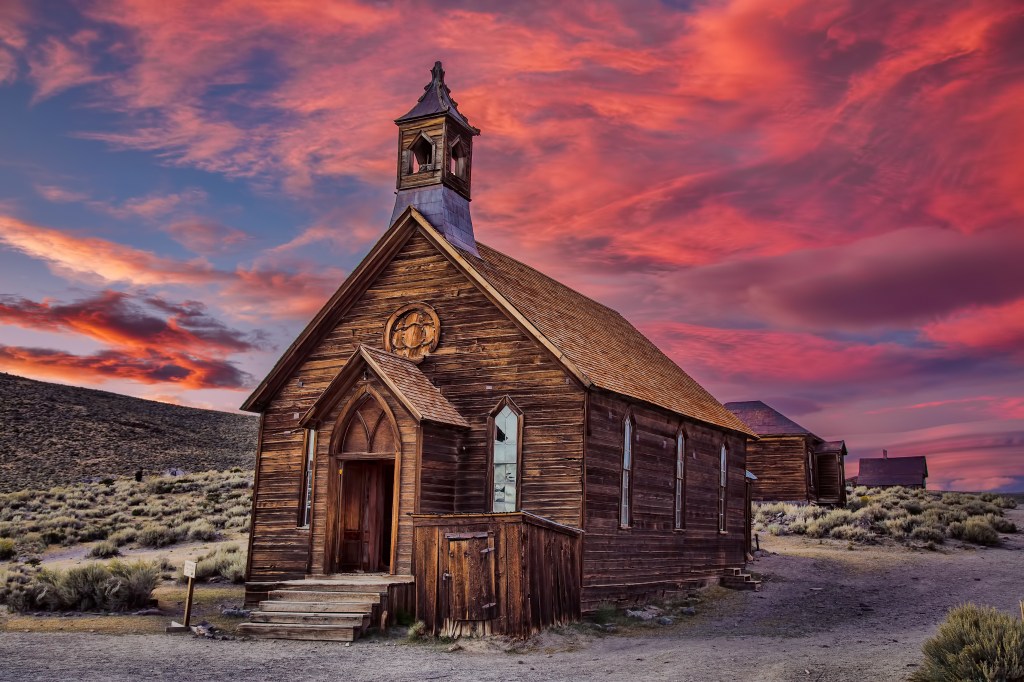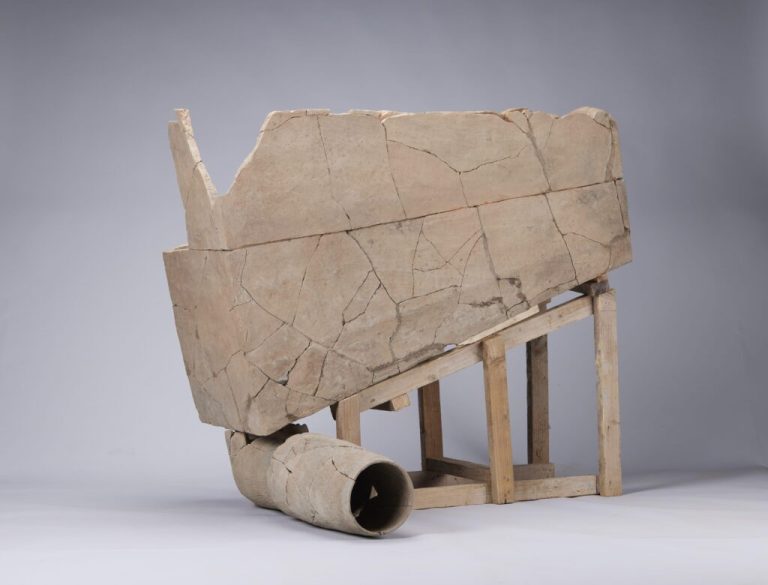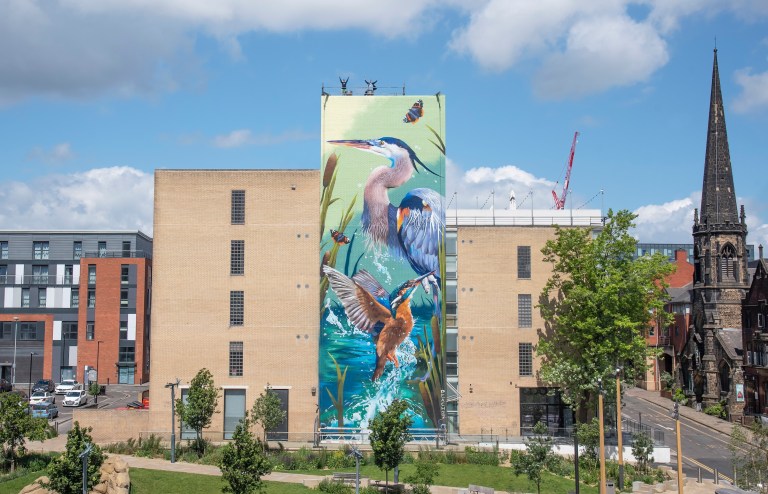The spooky season will soon have passed, but our fascination with ghosts doesn’t have to vanish into thin air after Halloween. The United States is home to thousands of historic ghost towns — empty, abandoned, or scarcely populated locales that were once thriving settlements. Not all of them put the literal “ghost” in “ghost town,” but a few are associated with rumors of supernatural phenomena, and each has the ability to transport you to another time.
Check out 10 of the country’s most interesting, from coast to coast (and Alaska, too).
Bodie, California

Bodie, California — about 100 miles from Lake Tahoe — was once a bustling gold-mining town with around 10,000 people who flocked there to find their fortune in the late 1870s. But when the gold mines became depleted just a few years later, the boomtown’s “bust” began, per California State Parks. In 1892, a massive fire destroyed much of the town, and though it was rebuilt shortly after, another blaze in 1932 seemed to seal its fate. It continued to decrease in population, and in 1961, the historic town received national landmark status. The following year it became a state park.
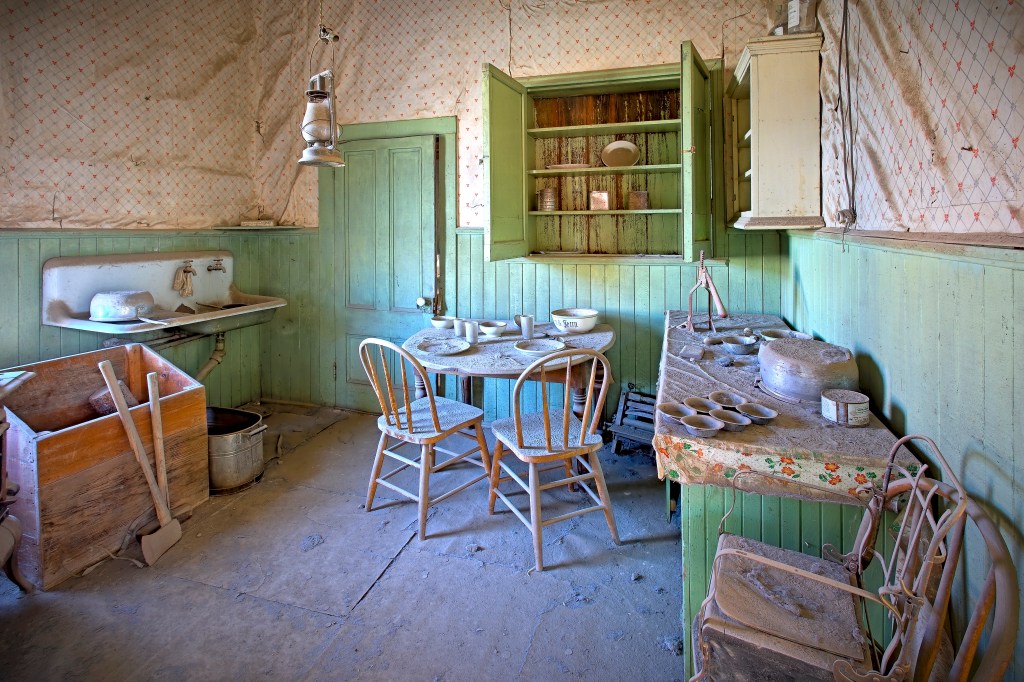
About 110 of the 2,000 buildings erected in its heyday — which included a post office, schools, stores, churches, and several dozen saloons — are still standing. The interiors of the structures remain as they were, and in some cases are stocked with goods and furniture.
Erie Street, Bisbee, Arizona
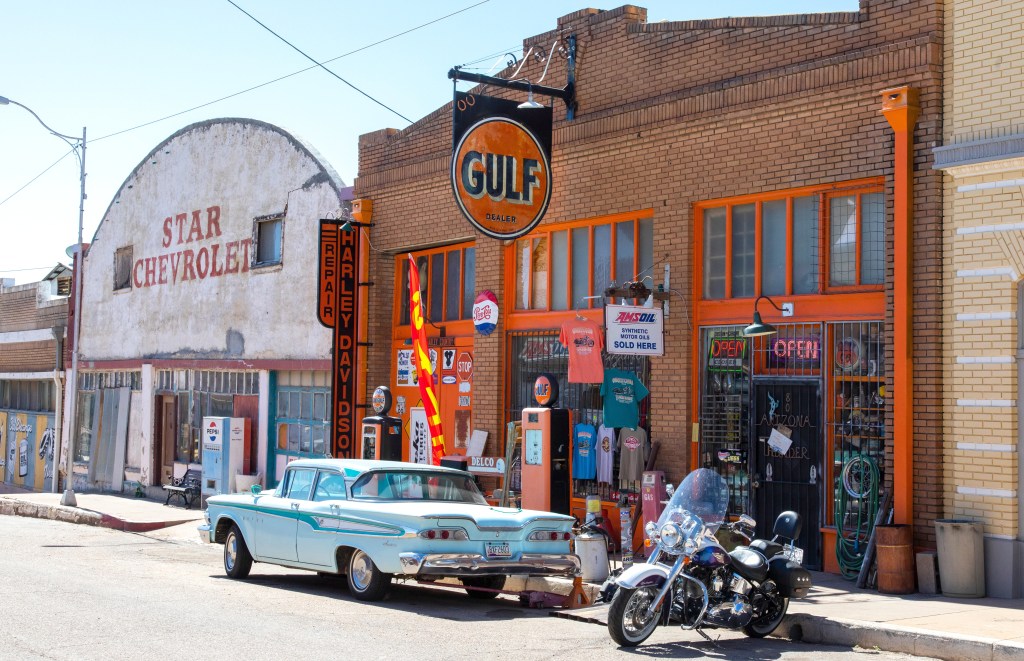
The second stop on this lore-filled tour is just one state over from the last. In Bisbee, Arizona, a stretch of street serves as an “open-air time capsule of the early 20th century,” the city’s former tourism director Heather Andrews previously told Nice News. Back in the 1950s, the Lowell neighborhood was a thriving mining community. By 1957, however, it had stagnated, and the development of a new mining pit forced many residents to move. One section of the town, though, the now-iconic Erie Street, remains almost exactly as it was, providing an outdoor museum for visitors to explore.
St. Elmo, Colorado
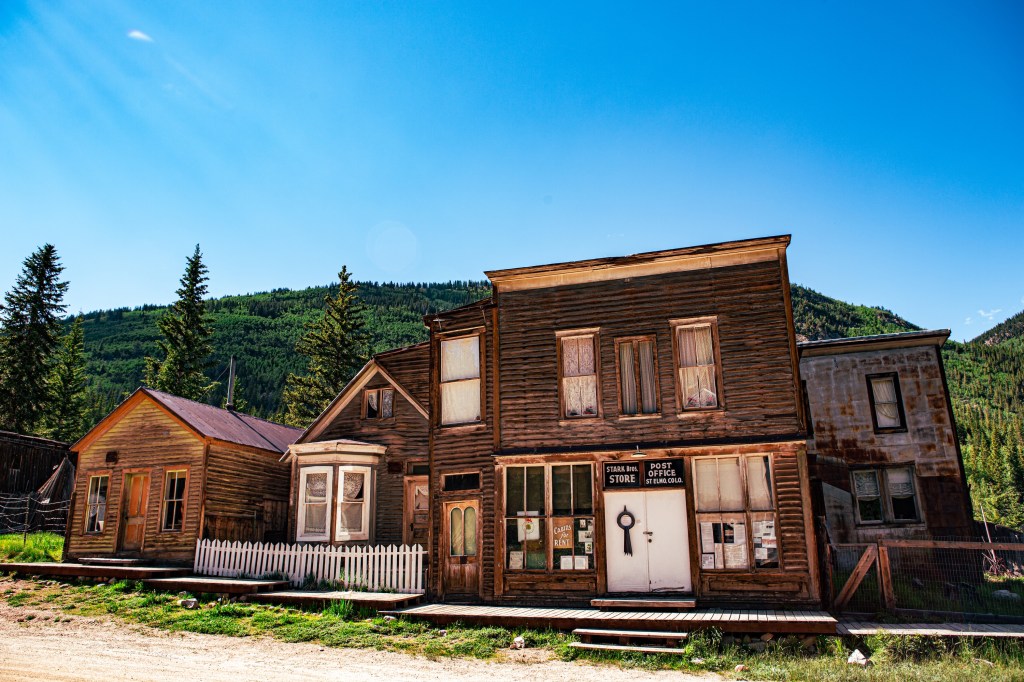
This entry on our ghostly list still has quite a few inhabitants — of the rodent variety. Friendly chipmunks have settled into St. Elmo, Colorado, and visitors to the town can feed and interact with the tiny critters (check them out in action). But in terms of humans, the former mining locale began to flounder less than a decade after it was founded in 1880, and by 1943, only two residents remained. According to the Colorado Encyclopedia, it now has a “handful of full-timers and dozens of summer residents,” and attracts around 50,000 tourists a year who come to see its preserved buildings and use it as a base for hiking and four-wheeling. But beware if you do go — rumors of paranormal activity there abound: St. Elmo is referred to as one of the state’s most haunted small towns. Learn about its supernatural history.
Custer, Idaho
Another abandoned mining town, Custer, Idaho (named for General George Custer), was founded in 1879 by gold prospectors, and it reached a peak population of 600 in 1898, per the Idaho Department of Commerce. It had become a ghost town by 1910 after the mines were depleted, and in 1981 was placed on the registry of National Historic Places. Today, visitors can camp and hike around the area, and take walking tours to see mining buildings, an old schoolhouse, and more.
Nicodemus, Kansas
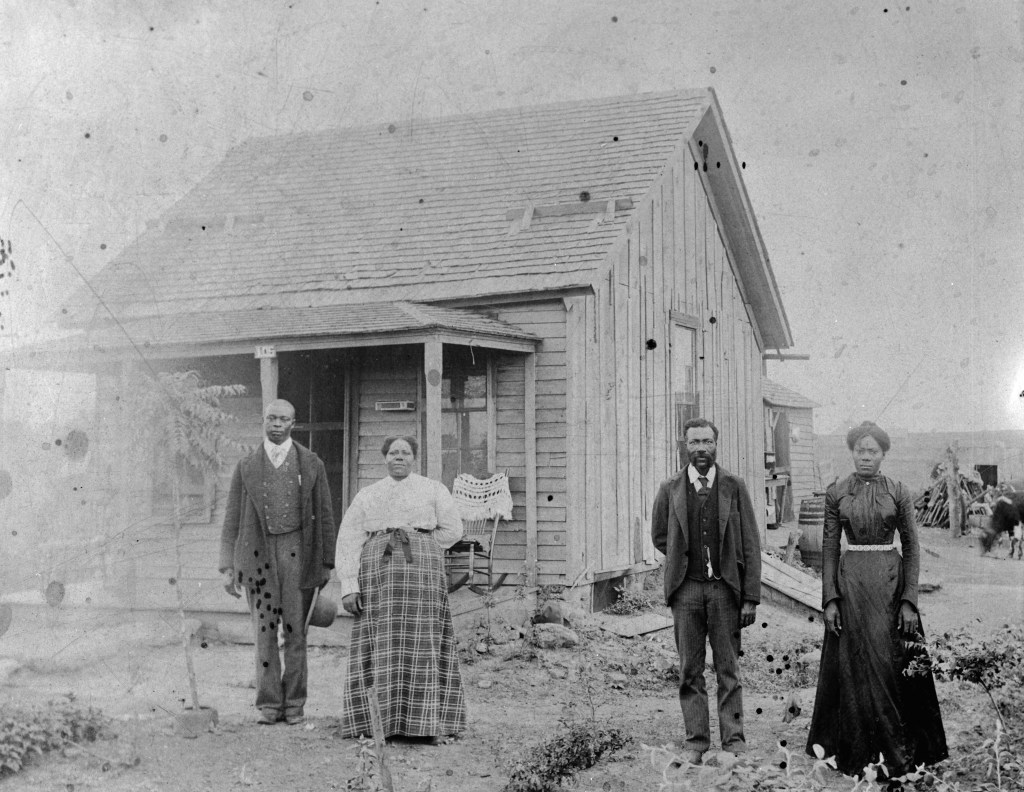
Established in 1877 by a group of formerly enslaved people from Kentucky, the town of Nicodemus, Kansas, is the oldest and final remaining Black settlement west of the Mississippi. The colony was named for a legendary enslaved man who purchased his freedom and was considered a prophet, according to Kansas’ Fort Hays State University. By 1881, the town had 35 buildings, including three hotels, two schoolhouses, and two churches.
The hope was that Nicodemus would become the county seat and a major stop on the railroad, but when those events didn’t transpire, its population began to dwindle. In 1976, it was designated a National Historic Landmark, and in 2020, the census counted just 14 people as residents.
Garnet, Montana
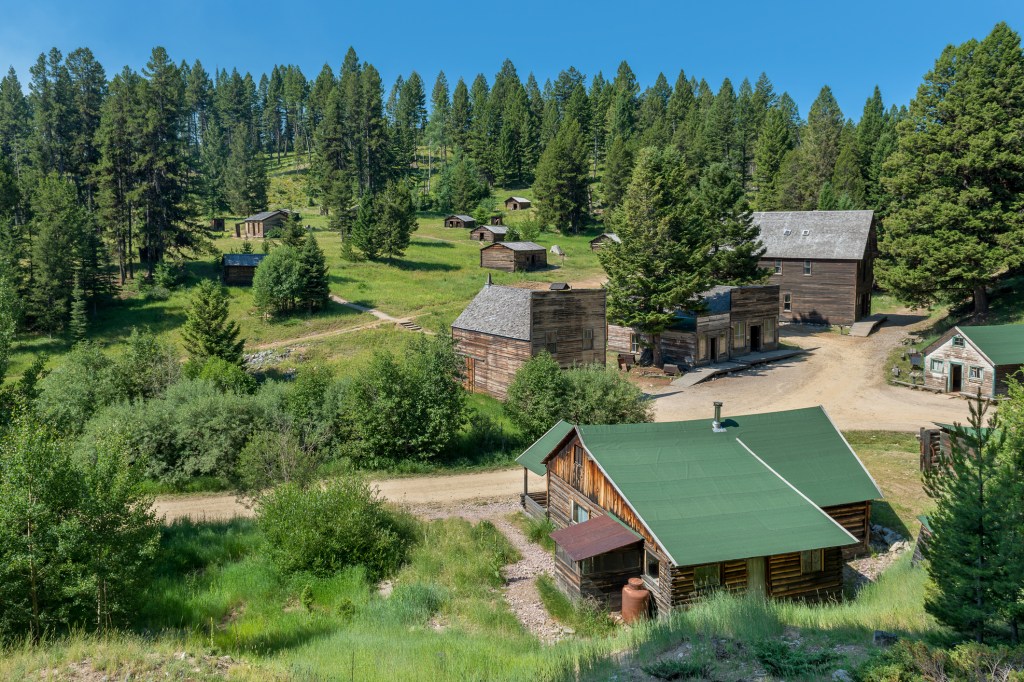
The gold rush clearly left many an abandoned town in its tracks, and this is yet another of them. Homesteaders and gold speculators had made their way into Montana by the late 1860s, and in 1895, the town of Garnet was founded. Within just a few years of its establishment, it was home to saloons, stores, hotels, a school, and a weekly newspaper.
Shortly after the turn of the century, the mines had been depleted and a fire had ravaged the town. It experienced a brief revival in the 1930s, and people do still live there today, though much of Garnet is publicly owned, per Atlas Obscura. Those interested in the town’s history can tour the remaining two dozen or so buildings maintained by the Bureau of Land Management.
Gandini’s Circus, Edmund, Oklahoma
Not exactly a ghost town, but rather a ghost circus, this entry is one of the spookier on our list. According to Atlas Obscura, “Urban legend says Gandini’s began in the early 1900s and folded during the Great Depression.” After that, the traveling circus traded hands a few times, each incarnation used the same site as a camp, and the dilapidated remains can still be seen — though much has been destroyed or defaced. Some claim the place is haunted, but that didn’t stop a developer from purchasing the land in 2023.
“Once we found out the history of the property and it being an old wintering circus ground, we decided we need to pay some homage to the roots of the original property. So, my wife actually came up with the name ‘Le Cirq,’” the owner, John McHughes, told a local ABC affiliate.
Batsto, New Jersey
This one takes us all the way back to the 1760s, when Batsto, New Jersey, was established as an iron works town. After iron demand decreased in the mid-19th century, the village became a small glassblowing community, an industry that soon declined as well, per the nonprofit Batsto Citizens Committee, Inc. The state of New Jersey bought most of the standing residential properties by the 1950s, and in 1989, the last house was vacated. These days, Batsto Village is on the National Register of Historic Places, and according to Atlas Obscura, it’s “so immaculate that it looks as though it was recently built.”
Doodletown, New York
Located in Bear Mountain State Park, about 50 miles north of New York City, Doodletown began as an early Dutch settlement that dates back to the early 1700s. Three cemeteries that remain in the hamlet are named for three of the first families who settled there, and over the centuries, industries — tourism, mining, and quarrying — came and went, per the Times Herald Record.
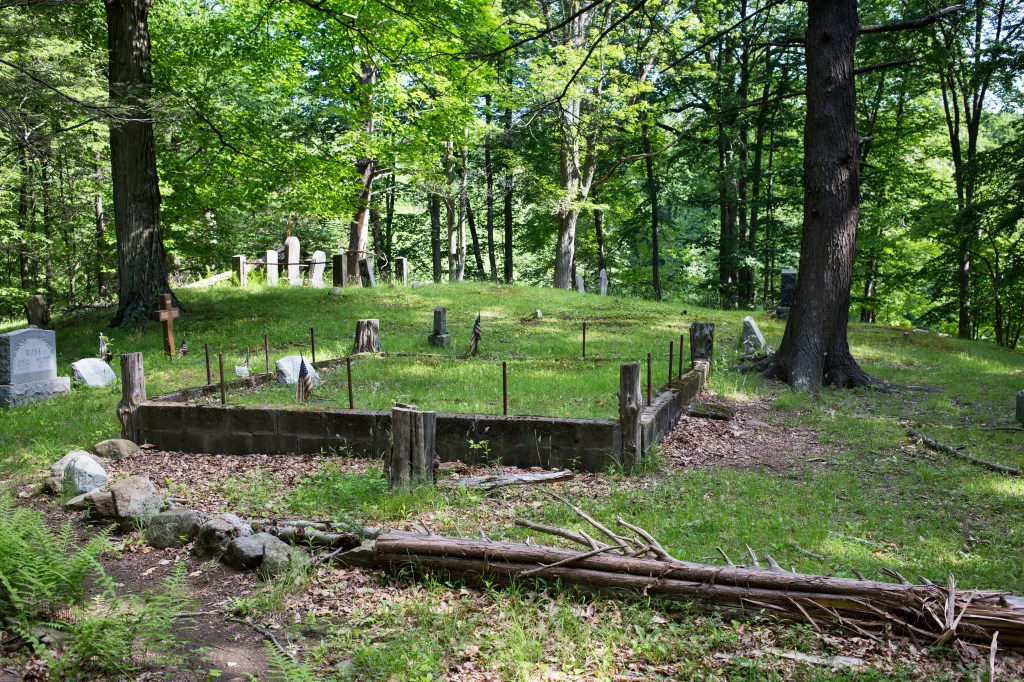
In the mid-20th century, as the surrounding park expanded and became a popular getaway destination for city dwellers, the private land was purchased up. Today, the village is overtaken by nature. It may not be as well-preserved as other ghost towns, but as writer David Stone put it, because of the graveyards, “Doodletown’s not quite a town of ghosts, but they’re nearby.”
Kennecott, Alaska
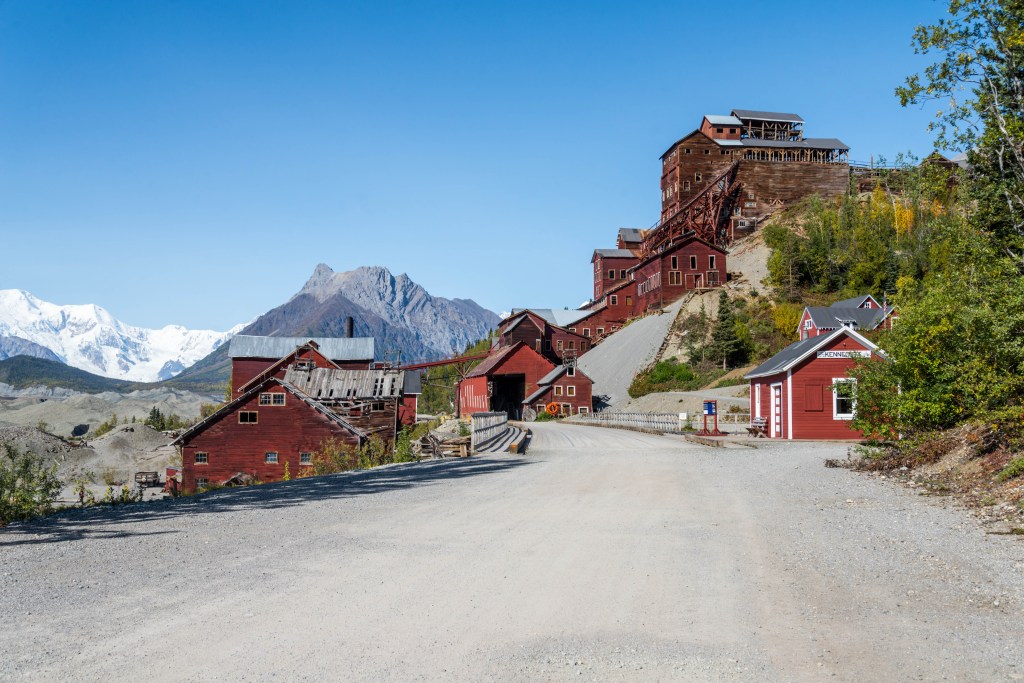
A National Historic Landmark since 1986, Kennecott, Alaska, is “considered the best remaining example of early 20th century copper mining,” per the National Park Service. It was established by prospectors in the early 1900s, and according to Explore McCarthy Alaska, over $200 million (more than $2.5 billion in today’s money) was extracted from the main copper mine before its permanent closure in 1938. Visitors can still see the mill where mined copper was transformed into ore for transport, and a museum, post office, and general store exhibit photos and artifacts of the town in its prime.
RELATED: Historic LA Merry-Go-Round That Inspired Disneyland to Be Restored and Reopened
